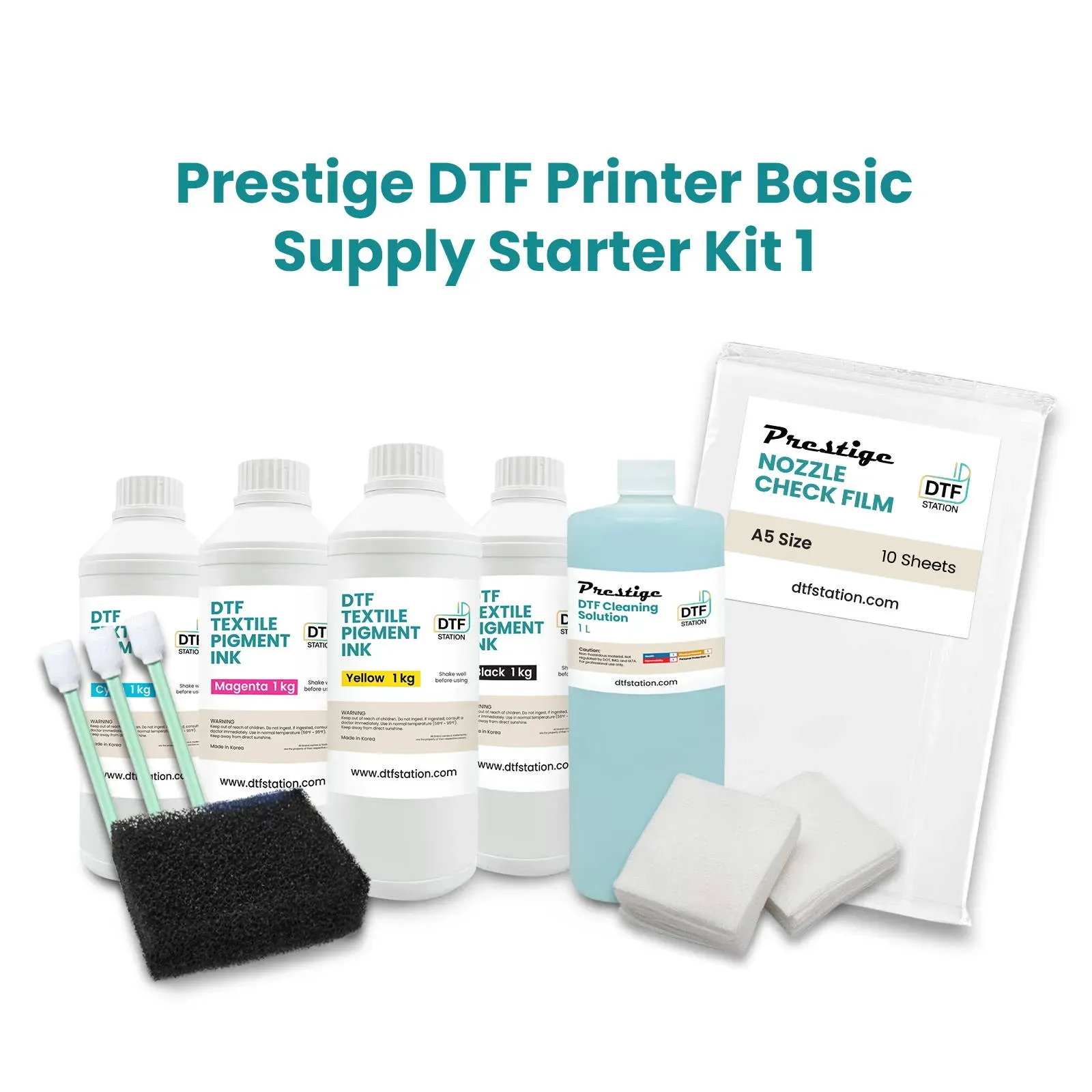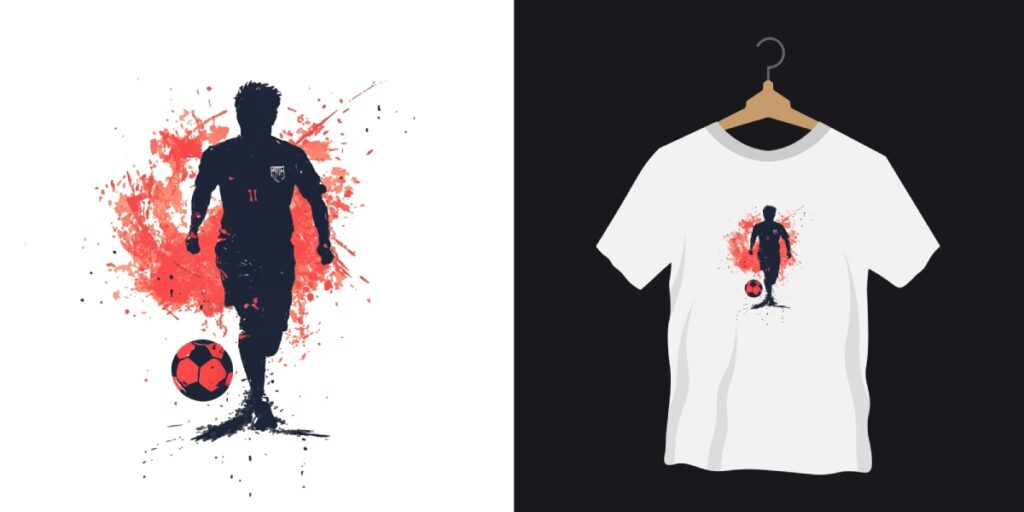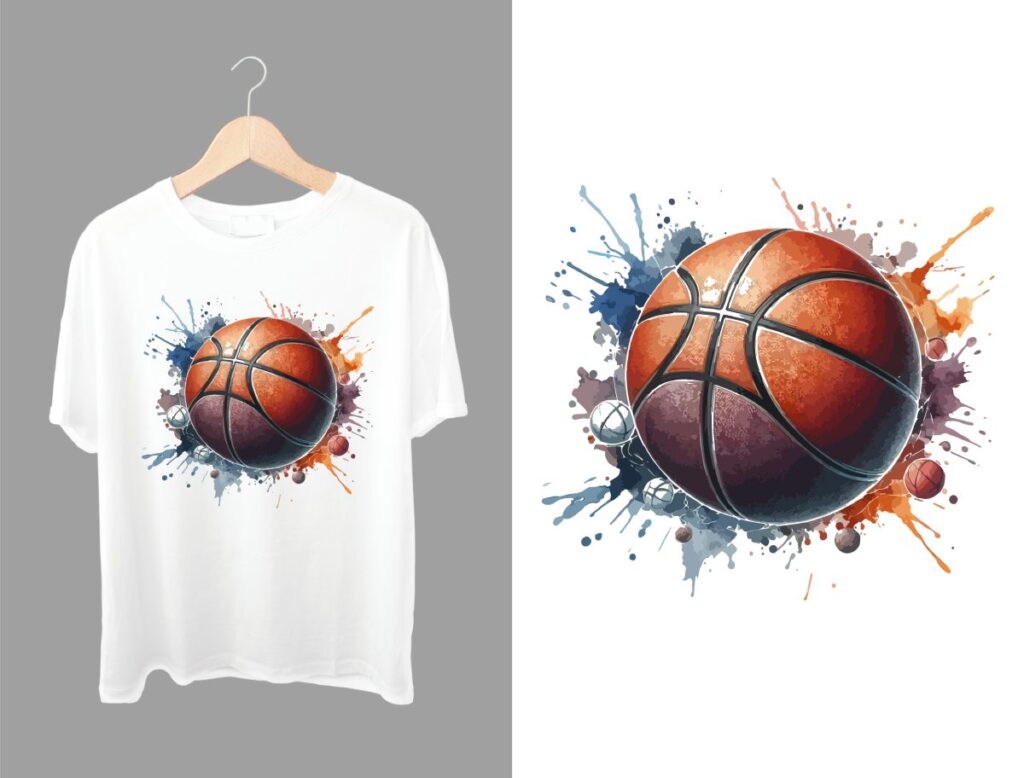DTF Supplies are at the forefront of a revolution in fabric customization, offering unparalleled opportunities for vibrant and detailed printing. With the rise of Direct to Film (DTF) printing, this innovative technique has captured the attention of both hobbyists and professionals alike. DTF supplies include essential components such as DTF transfer film, specially designed DTF ink, and adhesive powder, all crucial for achieving stunning prints on a wide variety of fabrics. As you delve into this comprehensive guide, you will discover how DTF printing not only improves print quality but also provides an eco-friendly solution compared to traditional methods. Whether you are looking to enhance your business capabilities or simply explore a new creative avenue, understanding DTF supplies is fundamental to unlocking the potential of modern textile printing.
When discussing digital textile printing, terms like Direct to Film (DTF) supplies, DTF ink, and transfer films emerge as key players in the customization landscape. This cutting-edge printing method stands out for its ability to deliver intricate designs with vibrant colors directly onto fabrics, paving the way for creative personalization. By utilizing specialized DTF adhesive powders and high-quality inks, businesses can produce durable and eye-catching prints tailored to various textile materials. The evolution of DTF technology has also encouraged manufacturers to focus on eco-friendly practices, ensuring that these innovative supplies cater to sustainability-conscious consumers. In this detailed exploration, we will highlight the essential components and trends shaping the future of direct-to-fabric printing.
Understanding the Basics of DTF Printing
Direct to Film (DTF) printing is an innovative technique that combines digital printing and film transfer. This method is particularly exciting for fabric customization, as it provides exceptional color vibrancy and precision. The process begins with creating a design, which is then printed on a special DTF transfer film using high-quality DTF inks. The printed film is later applied to various fabric types, allowing for endless customization possibilities.
In DTF printing, the unique coating on transfer films ensures that the inks adhere effectively, resulting in durable and vivid prints across different textiles. This versatility is one of the primary reasons why DTF printing has become a go-to solution for businesses and individuals looking to create personalized clothing and merchandise. Overall, understanding the foundation of DTF printing lays the groundwork for maximizing the benefits of this advanced printing method.
The Importance of DTF Transfer Film
At the heart of DTF printing lies the DTF transfer film, a critical component that fundamentally influences the quality of the final product. This film is engineered to facilitate optimal ink adhesion, ensuring that designs come out vivid and lifelike. It’s crucial to invest in high-quality transfer films, as inferior options can lead to poor print quality and durability issues.
Choosing the right DTF transfer film also means considering factors like opacity, thickness, and compatibility with different DTF inks. The right combination can significantly enhance the print’s performance on various fabrics, from cotton to polyester blends. Understanding these nuances is essential for achieving exceptional fabric customization outcomes.
Quality DTF Inks for Vivid Printing
The ink used in DTF printing is specially formulated to ensure bright colors and excellent fabric compatibility. DTF inks are water-based, which not only makes them eco-friendlier compared to solvent-based inks but also enhances their vibrancy on fabrics. The choice of ink can directly impact the quality of the prints, making it crucial for printers to opt for high-grade DTF inks that provide consistent results.
Moreover, the attributes of DTF inks include excellent wash fastness and resistance to fading over time. By employing high-quality inks, printers can meet customer demands for durability and visual appeal, setting themselves apart in a competitive market. Therefore, understanding the variety and properties of DTF inks is vital for anyone looking to excel in fabric customization.
The Role of DTF Adhesive Powder
In the DTF printing process, the adhesive powder plays an indispensable role in ensuring that the ink adheres effectively to the fabric. After printing on the DTF transfer film, the adhesive powder is applied to the wet ink. During the curing phase, this powder melts and creates a strong bond between the ink and the fabric, resulting in prints that are both long-lasting and vibrant.
The selection of quality adhesive powder is crucial, as it can significantly affect the overall outcome. Using an inferior product can lead to issues like peeling or cracking after washing. Therefore, it’s essential for those involved in DTF printing to understand the importance of choosing reliable adhesive powders for optimal print quality.
Investing in Curing Equipment for Success
Curing is the step that solidifies the bond between the DTF ink and the fabric, making it a pivotal phase in the printing process. Proper curing equipment such as heat presses or conveyor dryers is essential to ensure that the adhesive powder melts evenly and creates a robust adhesion. The right equipment not only guarantees quality output but also enhances operational efficiency for printing businesses.
Understanding the specific requirements of your DTF supplies will assist in selecting the correct curing equipment. This knowledge enables printers to optimize their workflows and meet production demands without sacrificing quality. Additionally, investing in high-quality curing equipment can lead to long-term savings and improved customer satisfaction through enhanced print durability.
Trends Driving the DTF Printing Market
The DTF printing market is undergoing significant growth, fueled by rising demand for customizable fabric products. Businesses are taking notice of the technique’s ability to create vibrant prints on a wide variety of materials without the limitations of traditional printing methods like screen printing. This shift has opened up new opportunities for designers and small businesses looking to capitalize on the booming custom apparel market.
Moreover, with increased consumer awareness regarding sustainability, many suppliers are focusing on eco-friendly DTF supplies. Innovations within production processes are leading to the development of less toxic and waste-generating materials. As a result, businesses are better positioned to meet the preferences of environmentally conscious consumers, further driving their success in the fabric customization landscape.
Frequently Asked Questions
What is the importance of DTF supplies in Direct to Film printing?
DTF supplies, including DTF transfer film, DTF inks, and adhesive powder, are essential for achieving high-quality prints in Direct to Film printing. Each component plays a critical role—DTF transfer film ensures ink adhesion, while DTF inks provide vibrant colors, and adhesive powder guarantees strong bonds to fabrics ensuring durability and longevity of prints.
How do I choose the right DTF transfer film for my printing needs?
Selecting the right DTF transfer film is crucial for optimal results in Direct to Film printing. Look for films that have a proper coating for ink adhesion and durability. Quality DTF transfer films can significantly enhance color vibrancy and print resilience, making them a key factor in the success of your fabric customization projects.
What are the best practices for using DTF inks effectively?
To use DTF inks effectively, choose high-quality, water-based inks specifically designed for Direct to Film printing. Ensure proper calibration of your printer settings for optimal color profiles and print speeds. Regularly maintain and clean your printer to prevent clogs, which can impact the performance and vibrancy of your DTF inks.
Can I customize various fabric types using DTF printing supplies?
Yes, DTF printing supplies are versatile and can be used on a wide range of fabric types, including cotton, polyester, and blends. This adaptability makes DTF printing an excellent choice for fabric customization, catering to diverse customer needs and preferences across different textile materials.
What role does DTF adhesive powder play in the printing process?
DTF adhesive powder is crucial in the Direct to Film printing process as it ensures that the ink adheres properly to the fabric. Applied before curing, this powder melts during the heating process, forming a strong bond between the ink and the fabric, which is essential for creating high-quality, long-lasting prints.
What trends are emerging in the DTF supplies market?
Emerging trends in the DTF supplies market include increased demand for eco-friendly materials, innovations in DTF printing technology, and a growing number of suppliers entering the market. These changes are fostering more competition, better pricing, and enhanced product offerings, ultimately benefiting businesses and hobbyists in the custom printing sector.
| Key Components | Description |
|---|---|
| DTF Transfer Film | The main component for image transfer, ensuring vibrant and durable prints. |
| DTF Inks | Specially formulated water-based inks designed for excellent color and adhesion to fabrics. |
| Adhesive Powder | Ensures strong ink adhesion to fabric during the curing process. |
| Curing Equipment | Heat press or conveyor dryer for ensuring proper ink bonding to fabric. |
Summary
DTF Supplies play a crucial role in the evolution of the textile industry, providing innovative solutions for fabric customization. This modern printing technique, known as DTF (Direct to Film) printing, not only ensures vibrant and durable prints but also caters to a wide variety of fabrics. As the market for DTF supplies continues to grow, understanding the key components such as transfer films, inks, adhesive powders, and curing equipment becomes indispensable for success. By embracing eco-friendly innovations and tapping into the rising demand for high-quality printing, businesses can effectively position themselves within this exciting landscape. The future of DTF supplies is promising, offering opportunities for both newcomers and established printers alike.



